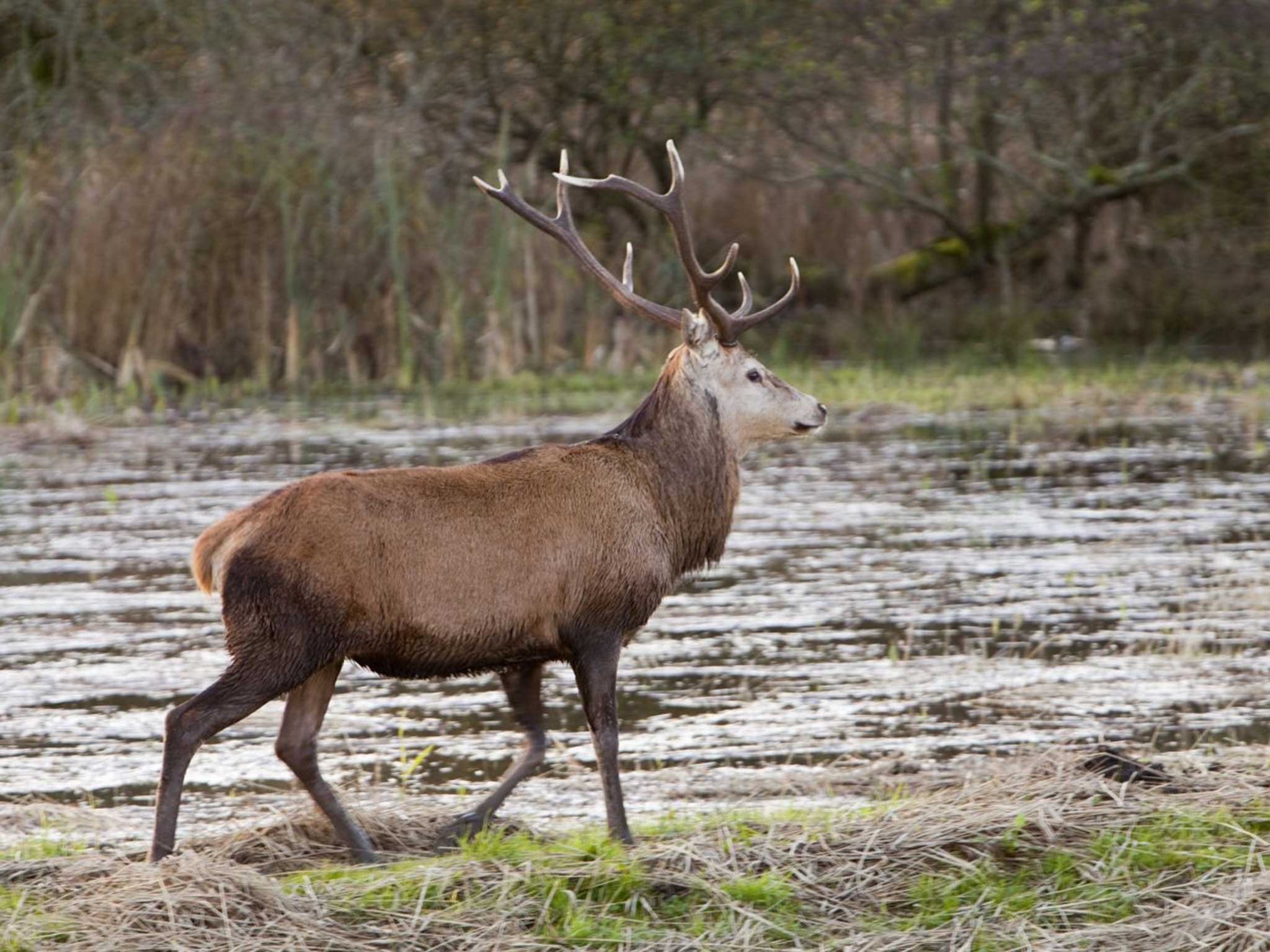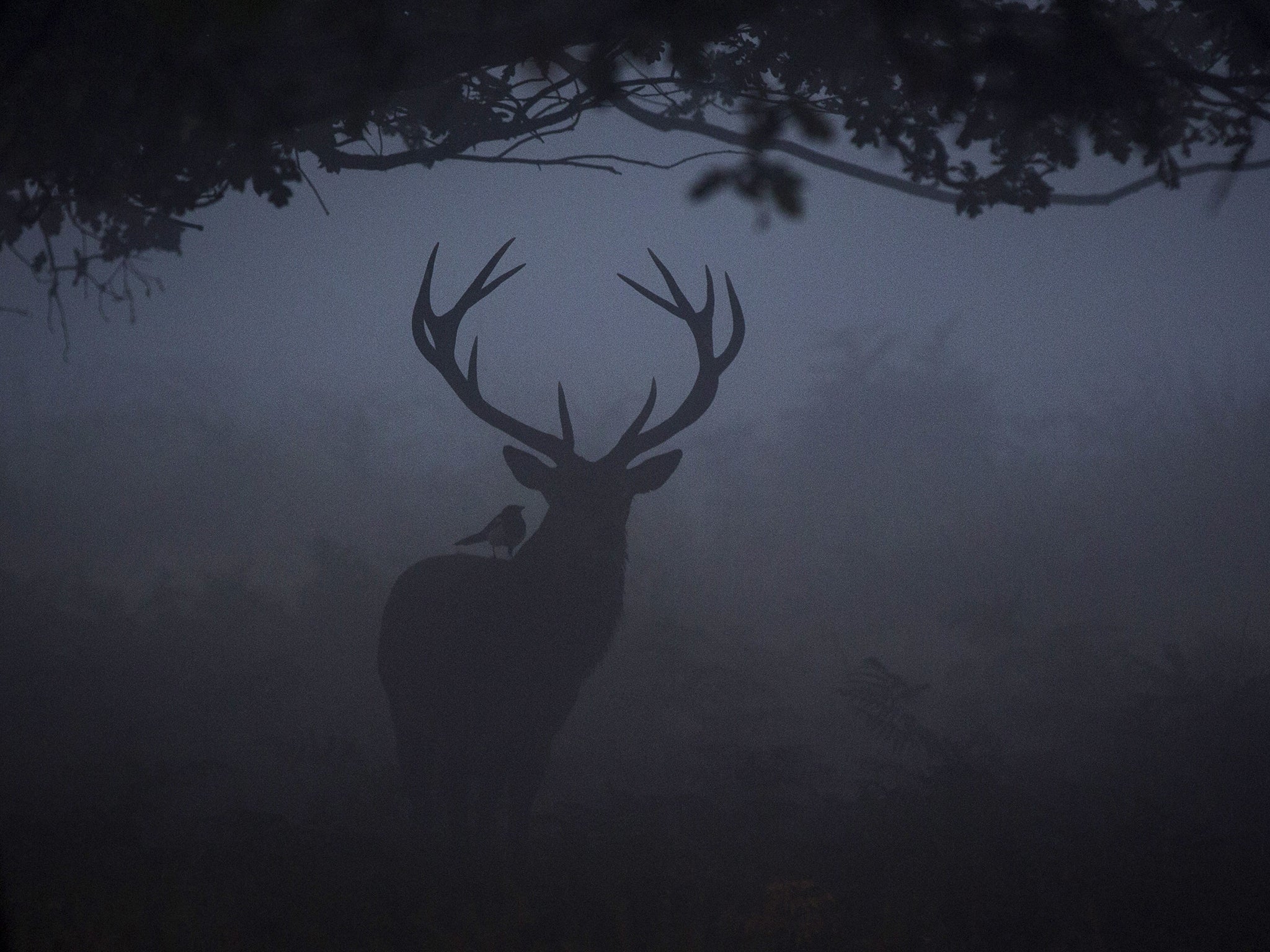Leighton Moss nature reserve: RSPB locks horns with deer lovers over cull
Bird charity blames the animals for damage at Site of Special Scientific Interest

The two sides have squared up like a pair of rutting stags. In one corner is the Royal Society for the Protection of Birds, which runs Leighton Moss nature reserve in Lancashire, where it wants to shoot some of the local red deer. In the other, local nature campaigners vehemently opposed to the idea of a “horrible” cull.
Leighton Moss is a Site of Special Scientific Interest, a Special Protection Area and home to between 60 and 90 deer, which also roam into the surrounding Silverdale area.
The reserve boasts the largest reed bed in the North-West of England, which attracts breeding bitterns, bearded tits, marsh harriers and otters, and has featured in the BBC’s flagship nature programme Autumnwatch.
Red deer were once nearly extinct in the area but the population has risen to the extent that culling has been used to control their numbers. Before the end of March, the RSPB intends to kill eight to 10 animals.
However, after a protest last Sunday, a former volunteer at the centre, Marianne Birkby, from Milnthorpe, now plans to resign from the RSPB and claims others feel the same.
Ms Birkby, who said the charity was behaving like “a law unto itself”, is annoyed that the deer are used as a marketing tool by the RSPB to advertise the reserve while also being culled.
“The reed beds are not being destroyed just by the deer,” she said. “You only ever see 20 deer visiting the reserve and there will only be about seven there visiting at any one time. The geese, coots and ducks also eat the reed beds.”
She claimed the deer were being made into “scapegoats” for the damage, adding that it was a “horrible feeling” knowing they were to be killed.

Another local, Anita Stirzaker, said it was “wrong to be culling deer on a nature reserve” and “the RSPB is supposed to protect all wildlife”.
Grahame Madge, an RSPB spokesman, said the deer had caused “significant damage” to the reed beds. He said they were a valued part of the reserve, but their numbers had grown too high. The reserve had considered other alternatives, including scaring the deer away, contraception and fencing them in, but none proved viable.
“It’s a very difficult decision for a conservation organisation to have to make, but we have a responsibility to manage the reserve for all wildlife and it is our duty of care to manage it properly,” he said. If members were resigning as a result, it was deeply regrettable.
Join our commenting forum
Join thought-provoking conversations, follow other Independent readers and see their replies
Comments